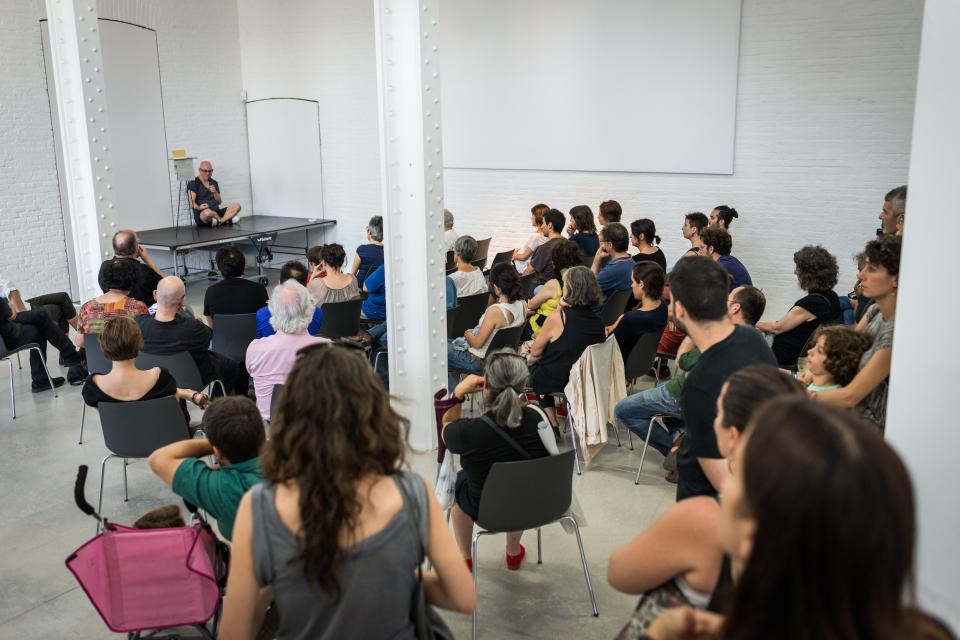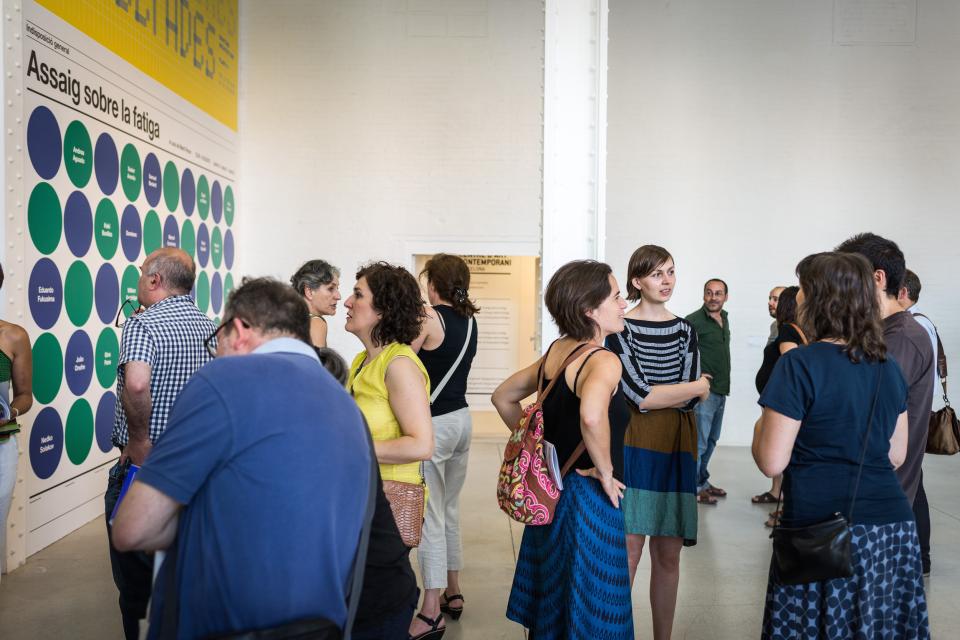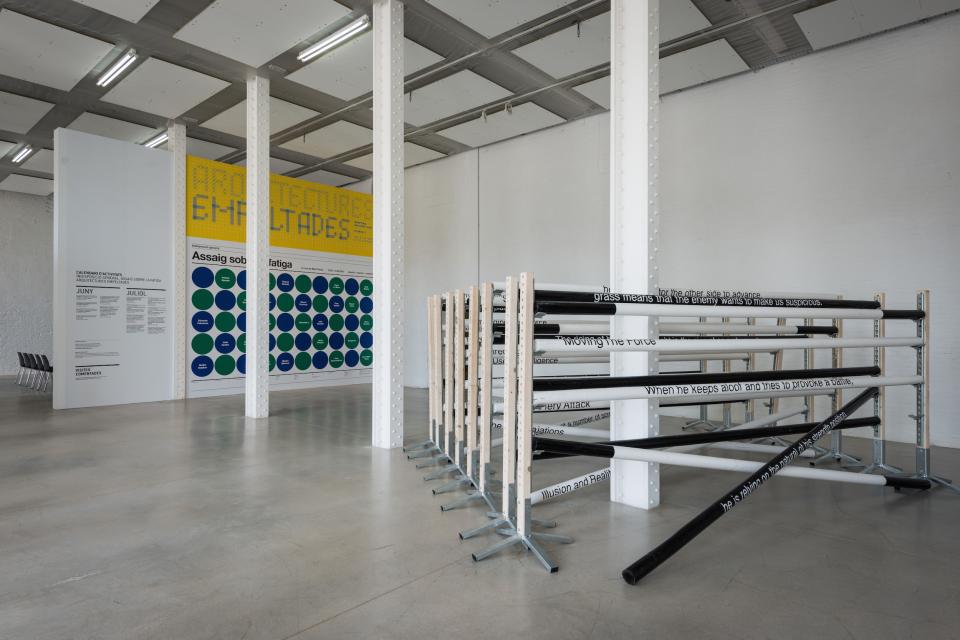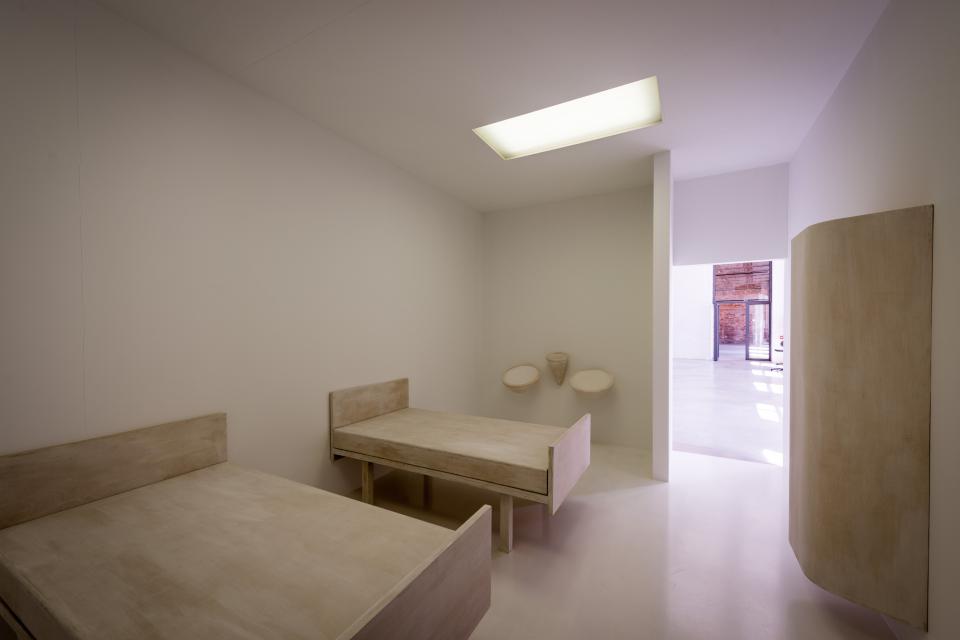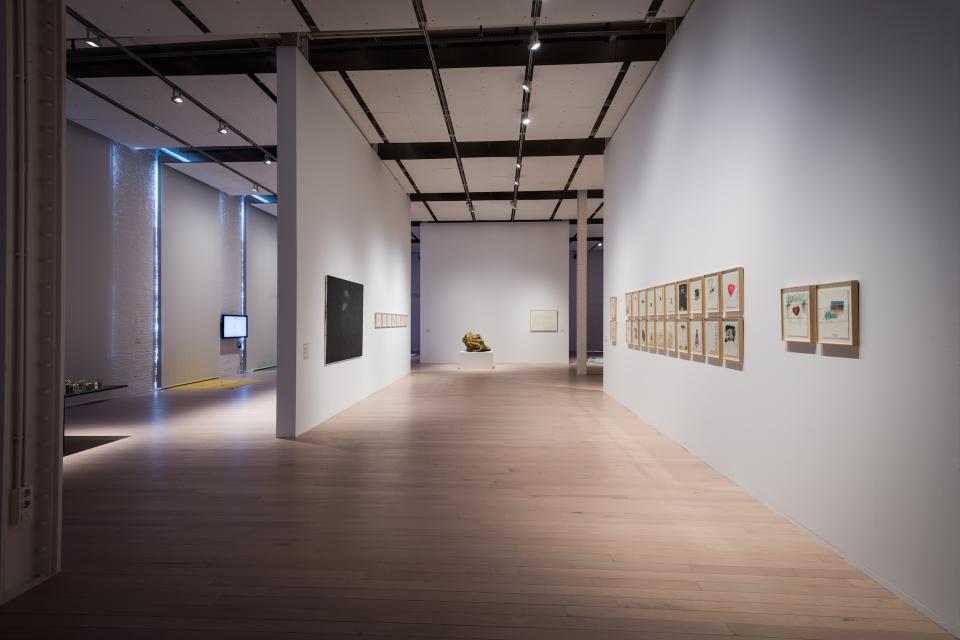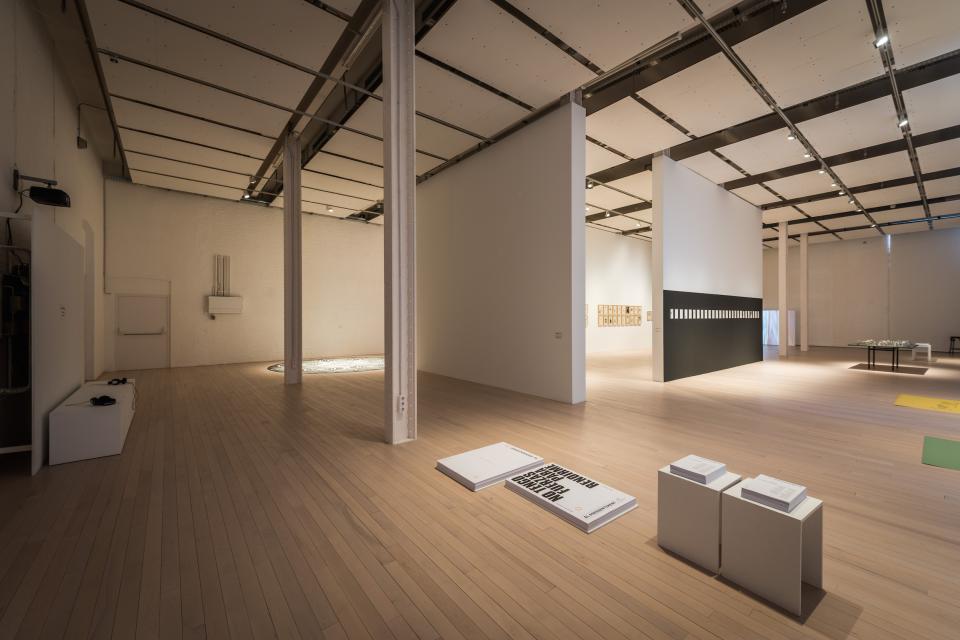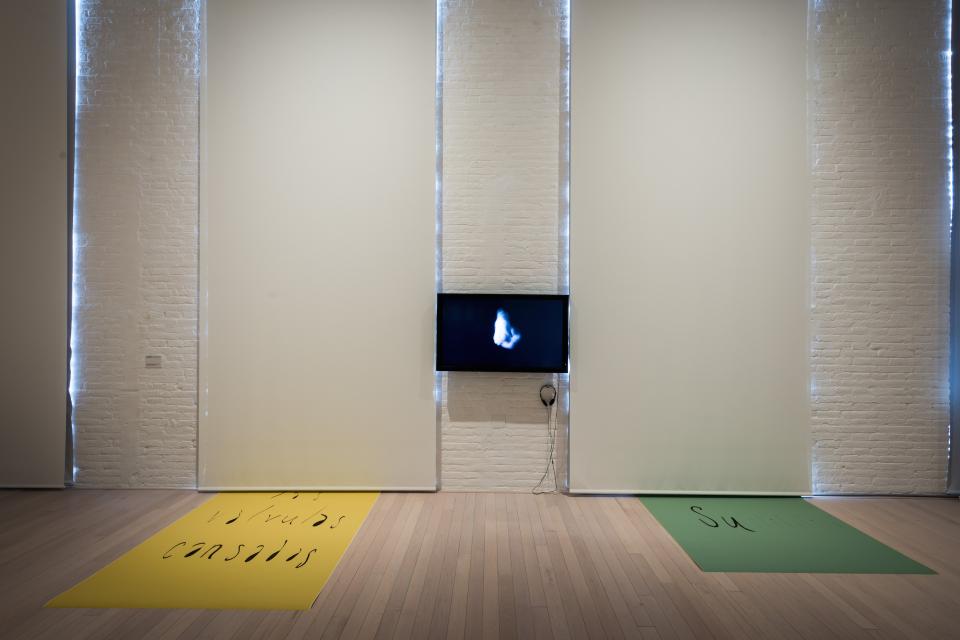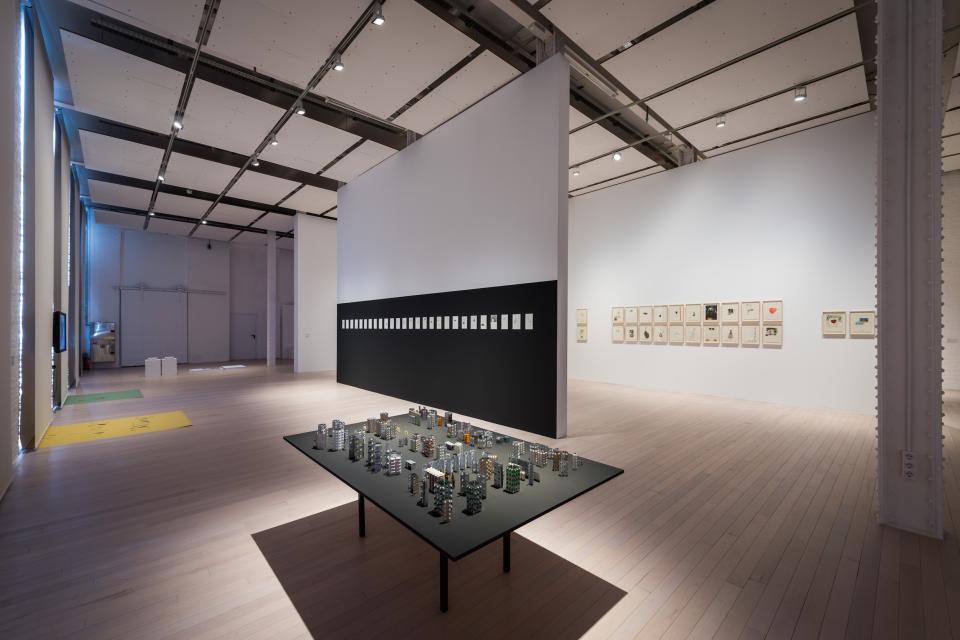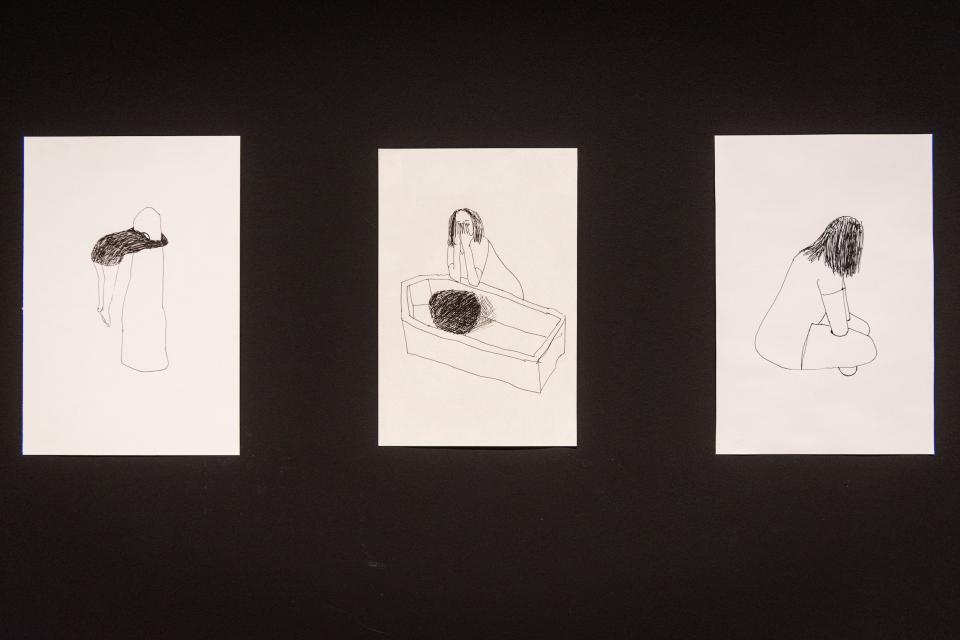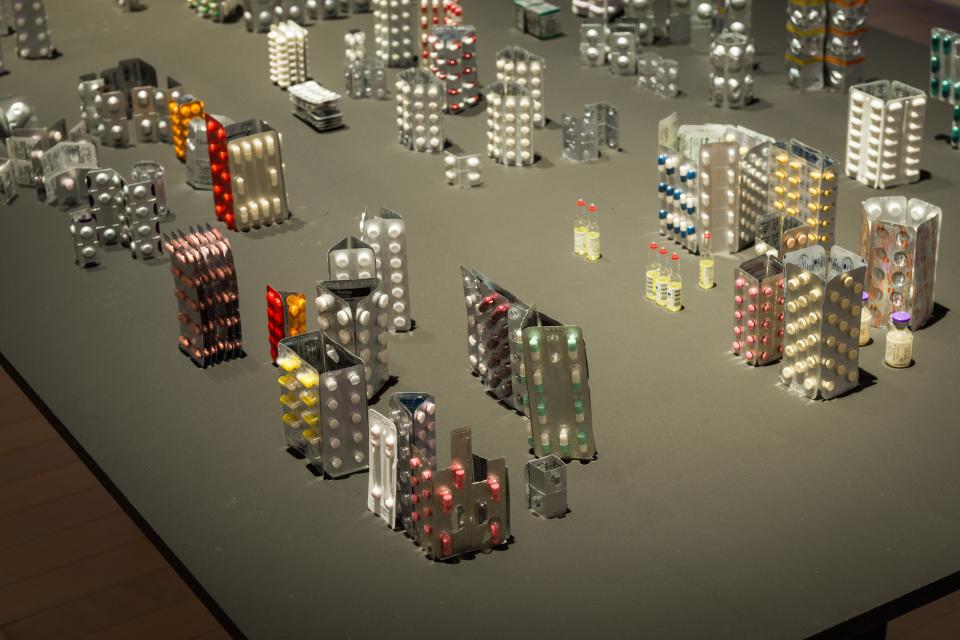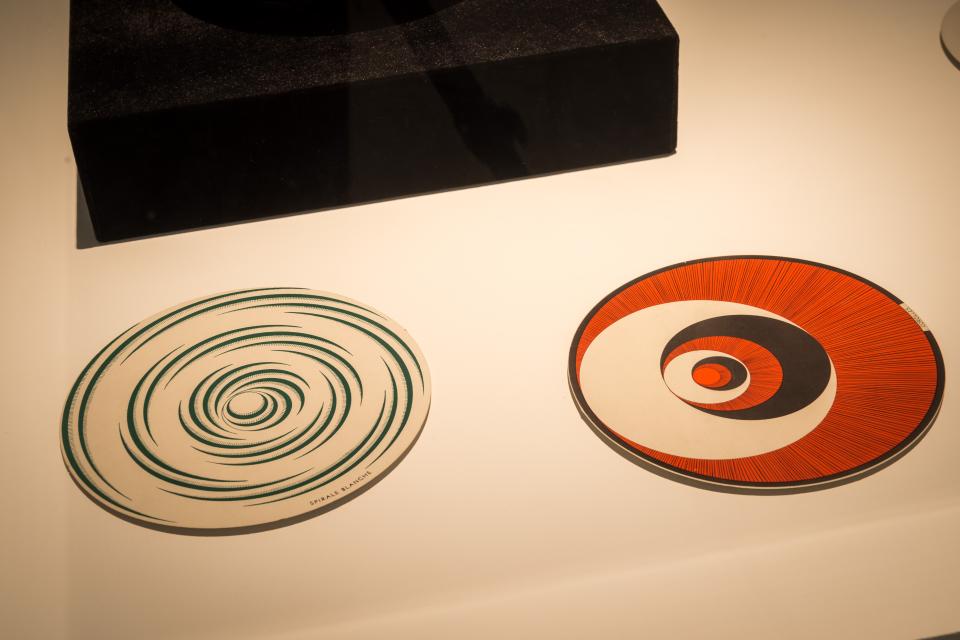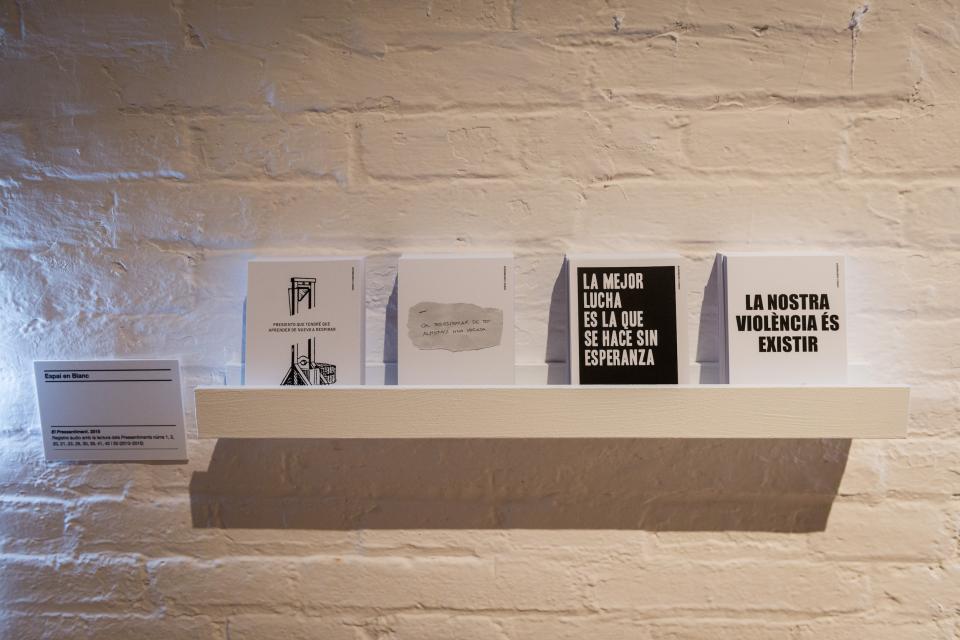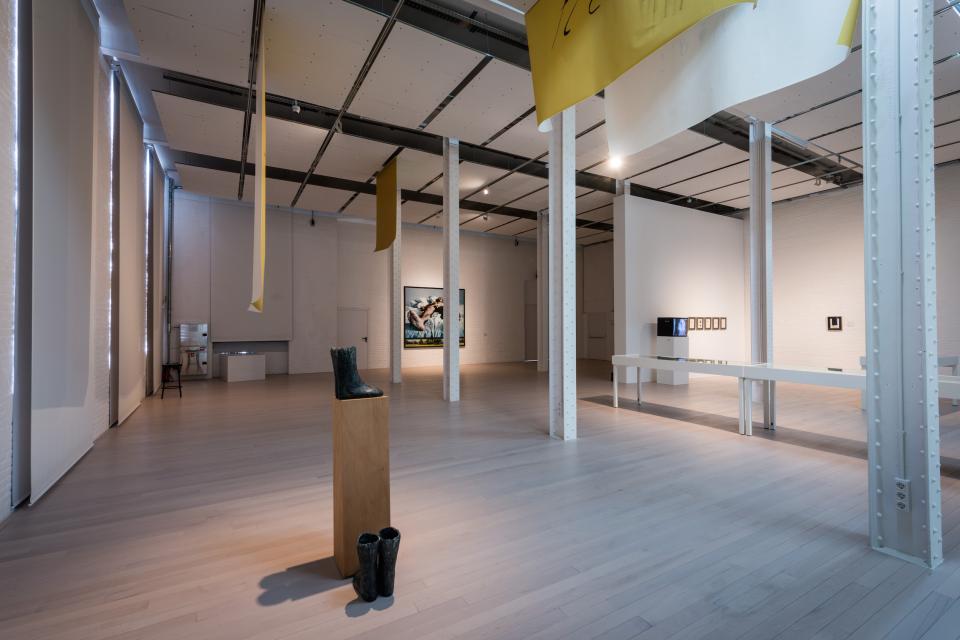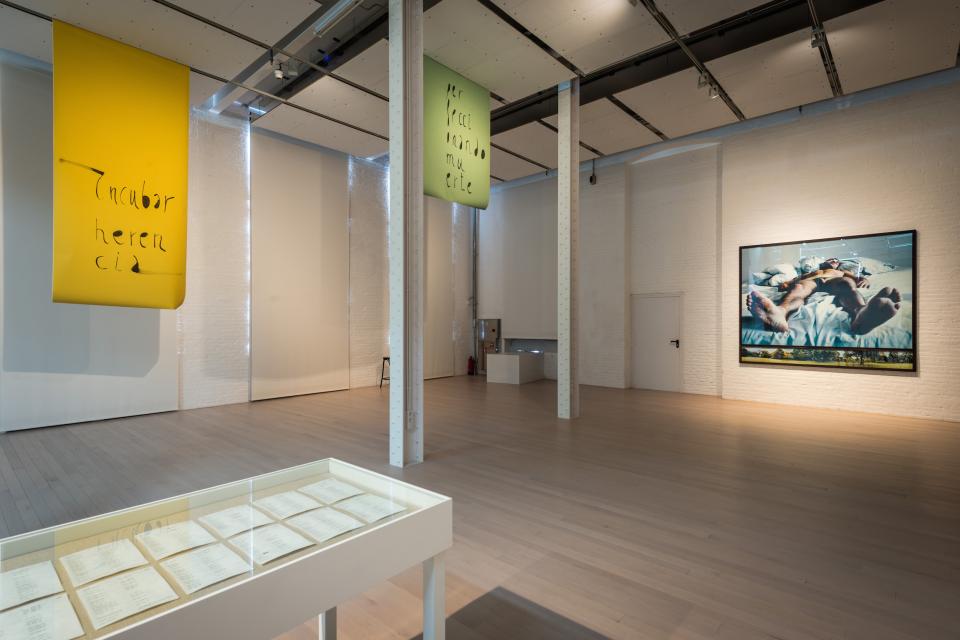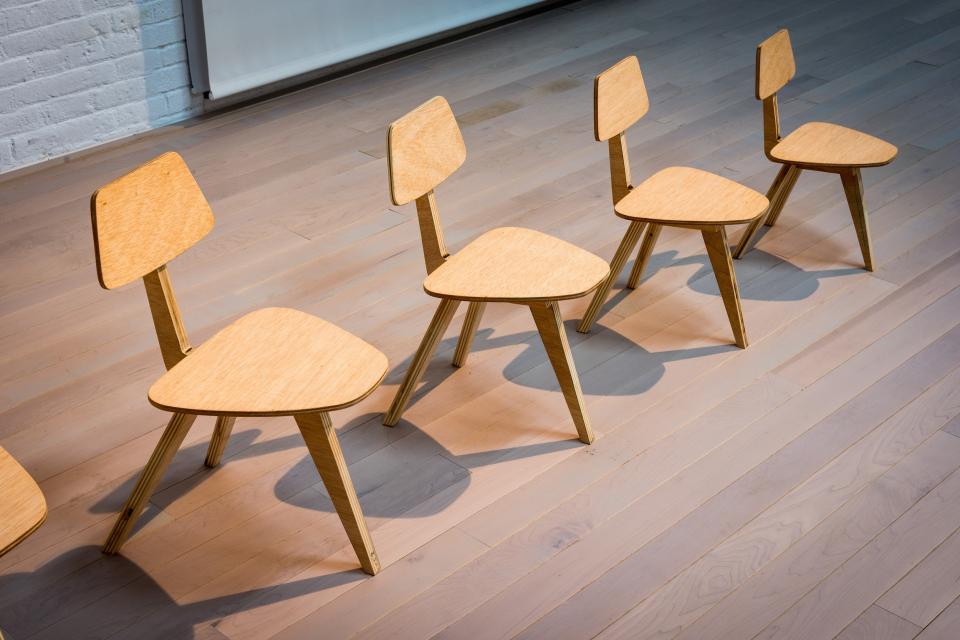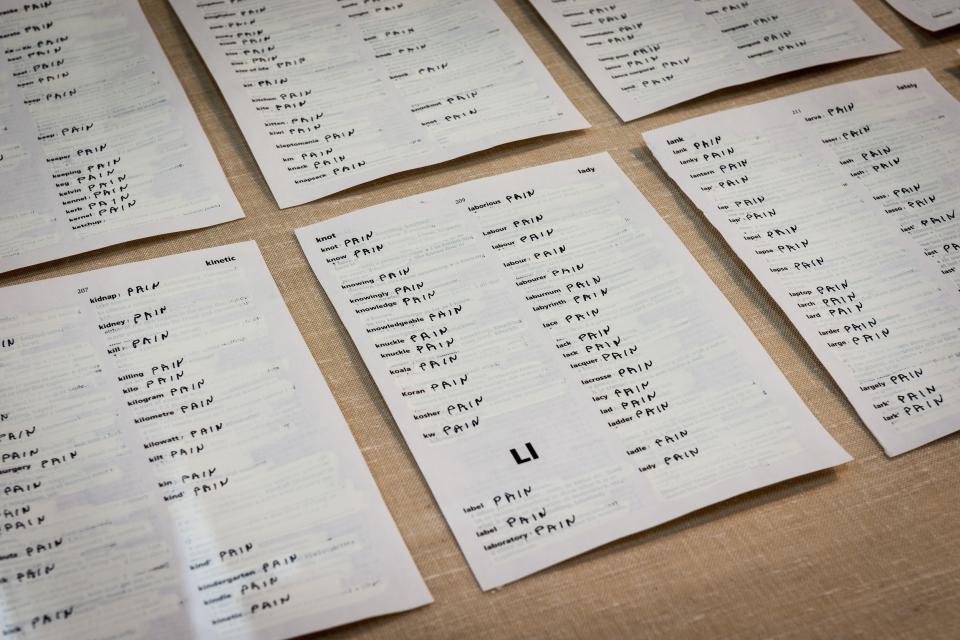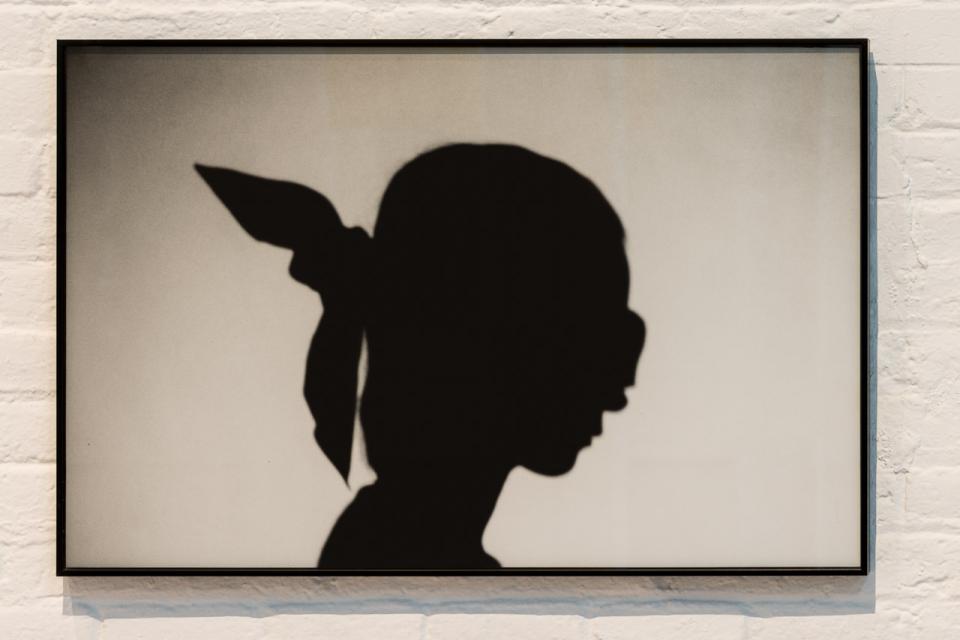GENERAL INDISPOSITION. AN ESSAY ABOUT FATIGUE
Andrea Aguado, Xavier Arenós, Samuel Beckett, Espai en Blanc, Erick Beltrán, Iñaki Bonillas, Domènec, Marcel Duchamp, Pepe Espaliú, Mounir Fatmi, Eduardo Fukusima, William Kentridge, Marcellvs L., Julia Montilla, Bruce Nauman, João Onofre, Gina Pane, Carlos Pazos, Javier Peñafiel, Perejaume, Nedko Solakov, Sinéad Spelman, Mladen Stilinovic, Alina Szapocznikow, Sam Taylor-Wood.
Curated by Martí Peran
If industrial capitalism produced commodity with exchange value and the post-Fordist capitalism shifted to the production of subjectivity, today goodwill focuses on self-production of identity. Has imposed the logic of the subject of self-exploitation. The rhetoric of entrepreneurship and ideological advertising is unequivocal: Do it Yourself; I am What I am. This new production slogan - ask yourself - causing widespread nerve hyperactivity. Every moment we are under an obligation to take countless small decisions at all (labor, emotional, social, ..) areas have become the new workforce: no overarching nothing and ensure the profit generated by the constant action the in-stillness. The subject has been confused with the incessant movement their own alienation.
Overactive life is the paradigm of poverty of experience as leading to a deficit over: we have many experiences but most are banal. The result has been recognized under different headings: Nuda Vida (G.Agamben) Damaged Life (S. Lopez Petit), Fatigue Society (B.Ch. Han), Corrosion of Character (R. Sennett), Factory Unhappiness (F. Berardi), Depressive Society (A. Ehrenberg), ... fatigue, pain of self-exploitation, thus becomes inevitable. But instead of representing a pathological condition that must be corrected in order to return to the senseless spiral of production, fatigue may represent an opportunity for the awakening of consciousness; the turning point from which an emancipatory process starts. Fatigue is the moment of arrest and pause, the moment of "tiredness able" (P.Handke) with starting sabotage. And fatigue becomes - as molecular revolution - at the start of a strike politicizes discomfort.
If in the field of engineering designates the decrease fatigue resistance of materials under repeated in the field of social engineering effort fatigue represents "the claim of the individual body exhausted claiming the right to social break" (R.Bathes). With fatigue, hyperactivity mere production moves in detention. The refusal to produce fatigue remains the emancipatory principle of mis-education; and neutrality lies the promise, still, all the possible diversity. This praise of fatigue, related to the apologies of laziness, of anonymity, disappearance and inaction, took on the horizon of contemporary experience position, turning, who once held the melancholy.
But how do you turn this argument in an exhibition ?. How to articulate a position to move this content? These small challenges, typical of a disciplinary field increasingly impoverished day would not involve the question of why make a exhibition?
New works on the exhibition
Joana Cera
Due to the withdrawal of the work "Psyche" by Gina Pane because of commitments acquired previously, and because "Indisposició General. Assaig sobre la fatiga" will remain open until 1 November, we've incorporated two works by Joana Cera. The "Untitled" photograph from the "Llúcia" series (1999) suggests the possibility of acting on your own body and thereby displacing it to another place, removed from life's ordinary time. In amputating the vision voluntarily, the artist points out a path towards an inner world. With a highly personal perspective, the "Untitled" work from the series "Ja no hi ha temps" (2009) reveals the urgency of acts that can take hold of us from wherever we are and lead us towards the unknown.
Work created thanks to support from the Fundación Santa María de Albarracín
Sam Taylor-Wood
Due to the extension of the exhibition’s run and because of commitments acquired previously, the work Soliloquy (1999) by Sam Taylor-Wood has been withdrawn from the exhibition as of 3 September.
Within the context of the exhibition, the photograph Soliloquy fulfilled a fundamental dual function. Firstly, it closed the narrative appealing to the strange time constructed after absolute rest. Secondly, the photograph’s large format allowed accentuation of the simulation of a central nave crowned with an apse that stressed the supposedly theological nature of this space.
When considering having to withdraw the work, rather than substitute it with another we opted to reproduce a photograph of the assembly process. The image is spontaneous and of low quality, but even so, it allows us to maintain the same keys of the storyline. In the foreground, what might have referred us to the iconographic tradition of the dead Christ, has now become a kind of recreation of a descent from the cross.

